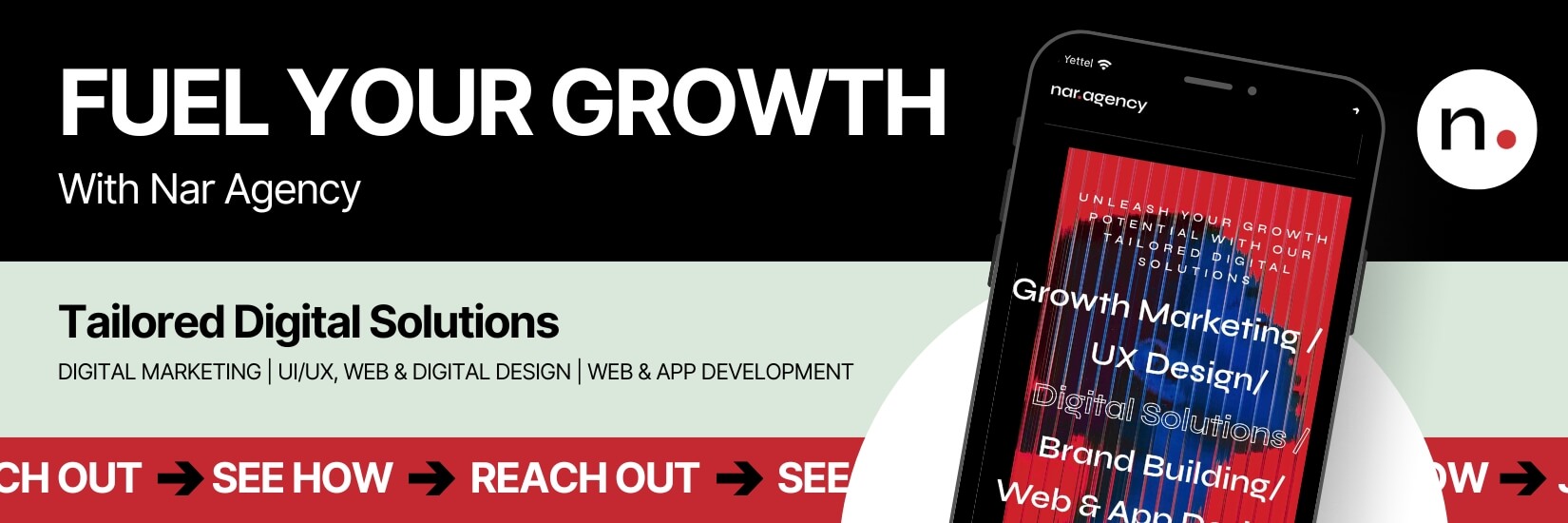Table of Contents
As we move towards 2025, digital product design is set to see some exciting new trends. These trends will shape how we interact with technology and will influence the look and feel of digital products. From hyper-realistic 3D designs to the use of AI in creating personalized experiences, the future of digital design is bright and full of possibilities. Let’s dive into some of the key trends that will dominate the digital design landscape in 2025.
Key Takeaways
- Hyper-realistic 3D and augmented reality will enhance user engagement and offer new opportunities in e-commerce and other industries.
- Biophilic design elements will bring nature into digital spaces, improving user well-being and promoting sustainability.
- Dark mode with neon accents will continue to be popular, providing both visual appeal and accessibility benefits.
- AI-generated design elements will allow for greater automation and personalization, changing the way designers work.
- Inclusive and accessible design will become more critical, ensuring that digital products can be used by everyone, regardless of their abilities or backgrounds.
Hyper-Realistic 3D and Augmented Reality Integration
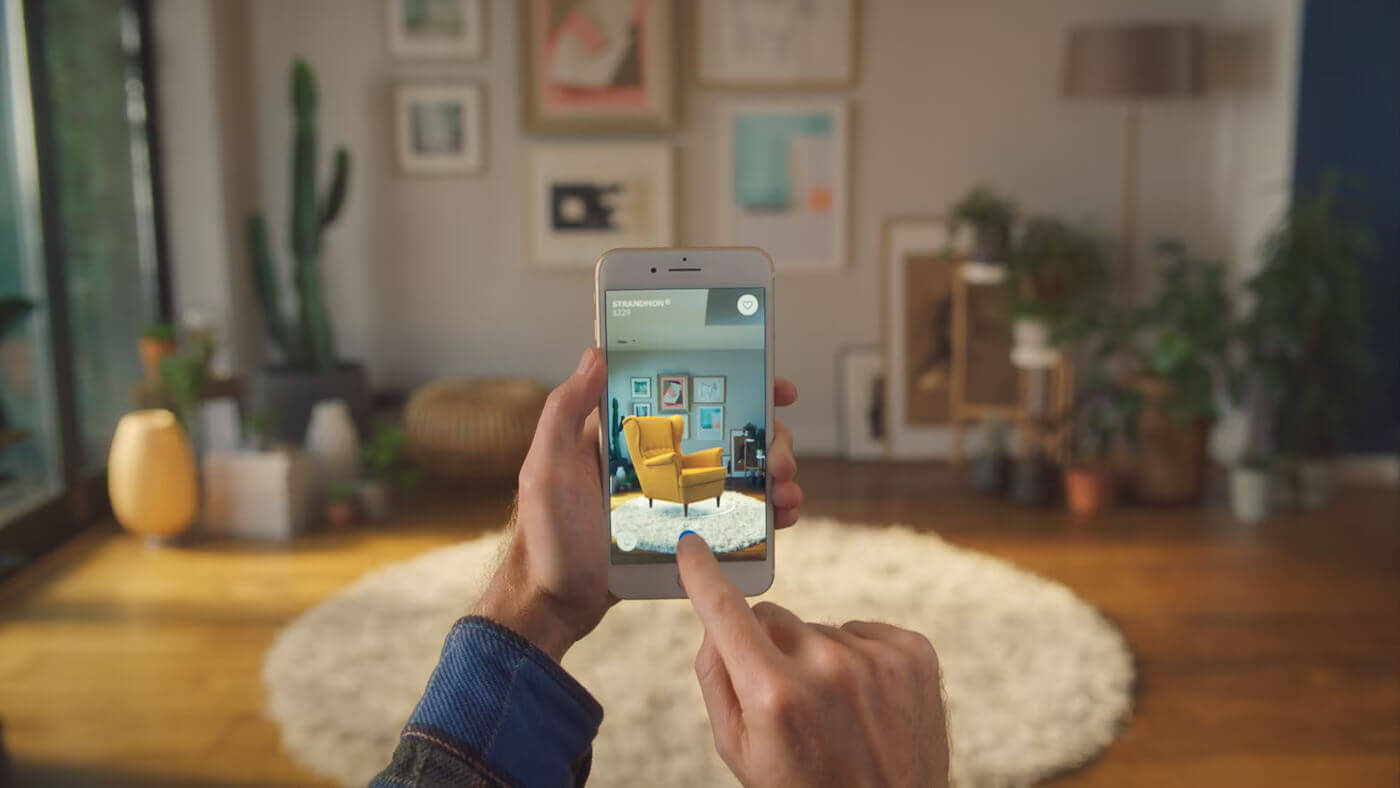
Enhancing User Engagement
In 2025, hyper-realistic 3D design and augmented reality (AR) will change how we interact with digital products. These technologies make experiences more immersive, helping users feel more connected. For example, AR can let you see how a new couch looks in your living room before you buy it. This level of interaction keeps users engaged and makes them more likely to return.
Applications in E-commerce
E-commerce is one of the biggest areas where AR and 3D design are making a difference. Imagine shopping online and being able to see a 3D model of a product from all angles. This helps customers make better choices and feel more confident in their purchases. AR can also show how products will look in real life, making online shopping more like shopping in a store.
Challenges and Opportunities
While these technologies offer many benefits, they also come with challenges. Creating high-quality 3D models and AR experiences can be expensive and time-consuming. However, the opportunities are huge. Businesses that invest in these technologies can stand out from the competition and offer unique experiences that attract more customers.
Biophilic Design Elements in Digital Products
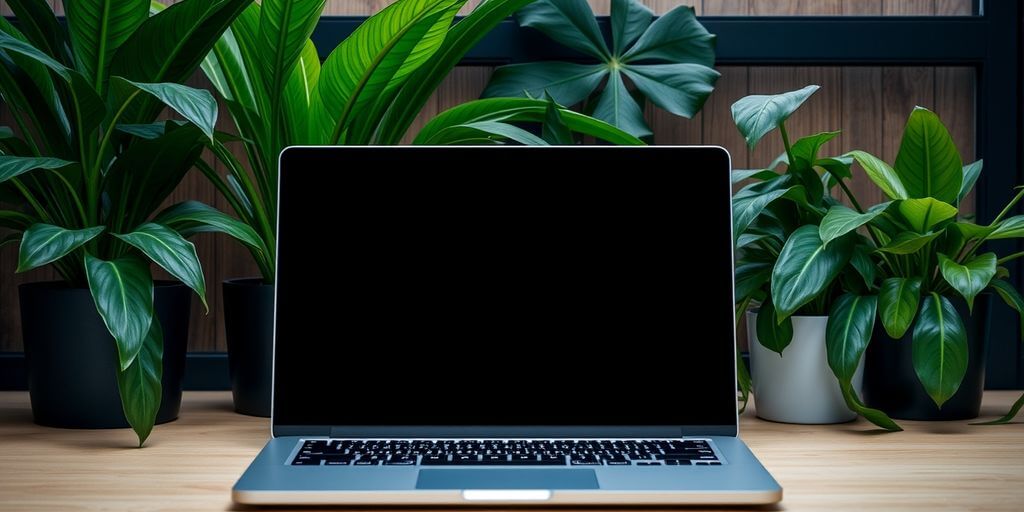
The biophilic design trend reflects a growing societal emphasis on sustainability, wellness, and a return to nature. As people become more aware of environmental issues and the need for mental and physical well-being, designs that incorporate natural elements are resonating more deeply. In 2025, we will see an increasing use of organic shapes, natural textures, and earth-toned color palettes in digital design.
This trend goes beyond aesthetics; it’s about creating a digital environment that feels connected to the natural world. Designers might use soft, flowing lines to mimic the movement of water or the curvature of leaves, or they might integrate textures that resemble wood, stone, or foliage. The color schemes will likely draw from natural elements—think deep greens, warm browns, and soft blues. Brands that embrace this trend can convey a message of environmental responsibility and holistic wellness, which is particularly appealing in sectors like health and wellness, eco-friendly products, and sustainable fashion.
Dark Mode with Neon Accents
Visual Appeal and Accessibility
Dark mode has been popular for a while because it helps reduce eye strain and saves battery life on mobile devices. In 2025, dark mode will get a fresh look with neon accents and bright highlights. This new style will make digital designs look more exciting and futuristic. It’s perfect for tech, gaming, and entertainment industries.
Implementing Neon Highlights
Using dark backgrounds with neon elements creates a strong contrast that grabs attention. For example, a website in dark mode might use neon text to highlight important actions or glowing borders to guide users. This not only makes the design look cool but also helps users find what they need more easily.
Industry Applications
Expect to see more creative uses of neon accents in dark mode designs. This trend will be especially popular in tech, gaming, and entertainment. It will make websites and apps look modern and engaging, helping brands stand out in a crowded market.
Abstract and Geometric Patterns
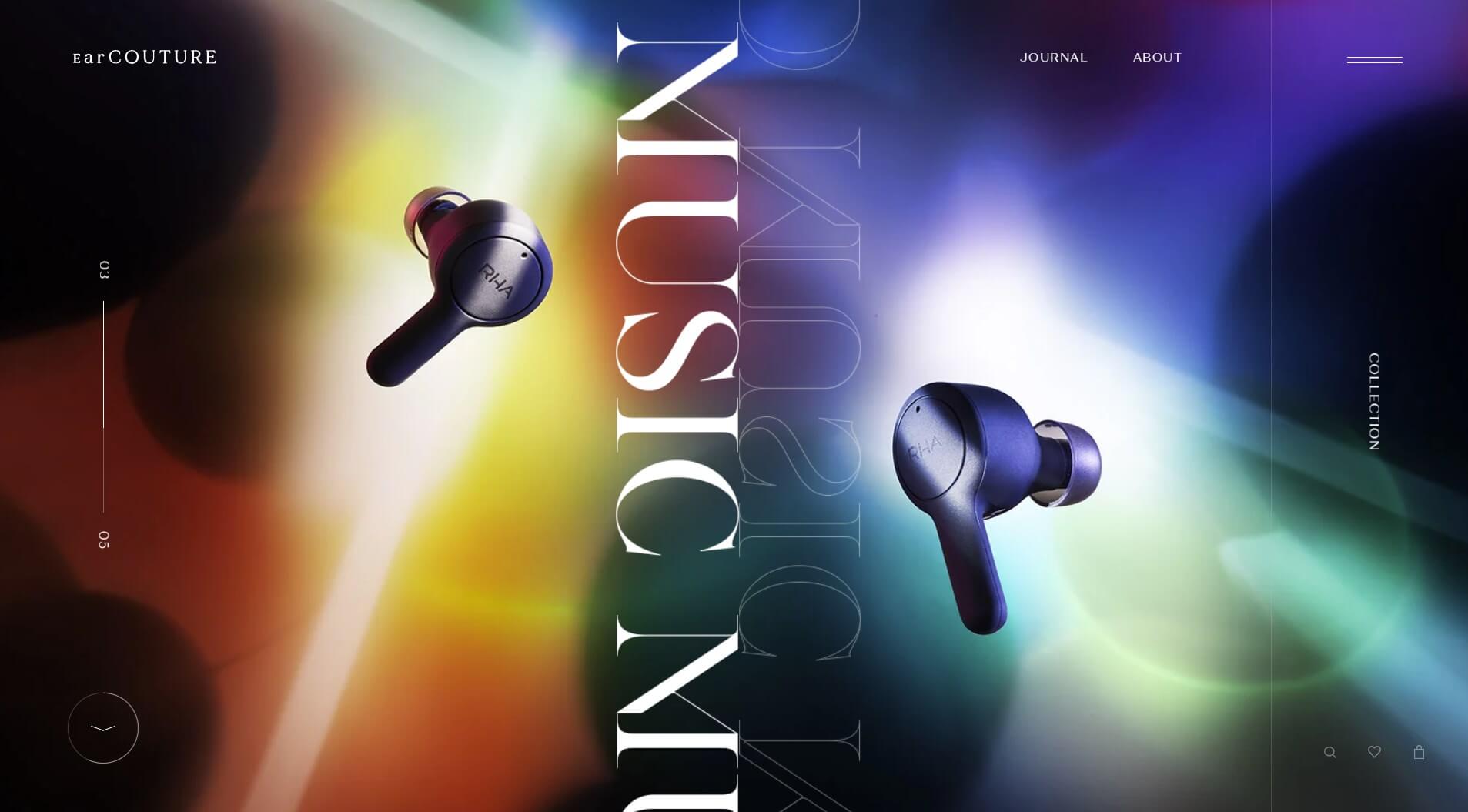
Breaking Grid-Based Layouts
Abstract and geometric patterns are making a strong comeback in 2025. These patterns, inspired by bold art movements like cubism and abstract expressionism, are reimagined for the digital age. Designers use them to break away from traditional grid-based layouts, creating dynamic and unexpected compositions. For instance, a website might feature overlapping geometric shapes that move or change color as the user scrolls, adding a sense of motion and fluidity.
Creating Visual Depth
This trend is characterized by the use of bold shapes, asymmetry, and layered textures to create depth and interest. A great example is a webpage with uniform geometric shapes paired with explosive color palettes, creating the perfect blend of simplicity and energy. These elements can make a design feel more engaging and immersive, drawing users in and encouraging them to explore further.
Use Cases in Creative Industries
Abstract and geometric patterns are particularly effective for brands that want to stand out and make a bold statement. This trend is especially popular in the fashion, art, and creative industries. By using these patterns, brands can create a sense of mystery or intrigue, making their designs more memorable and unique.
AI-Generated Design Elements
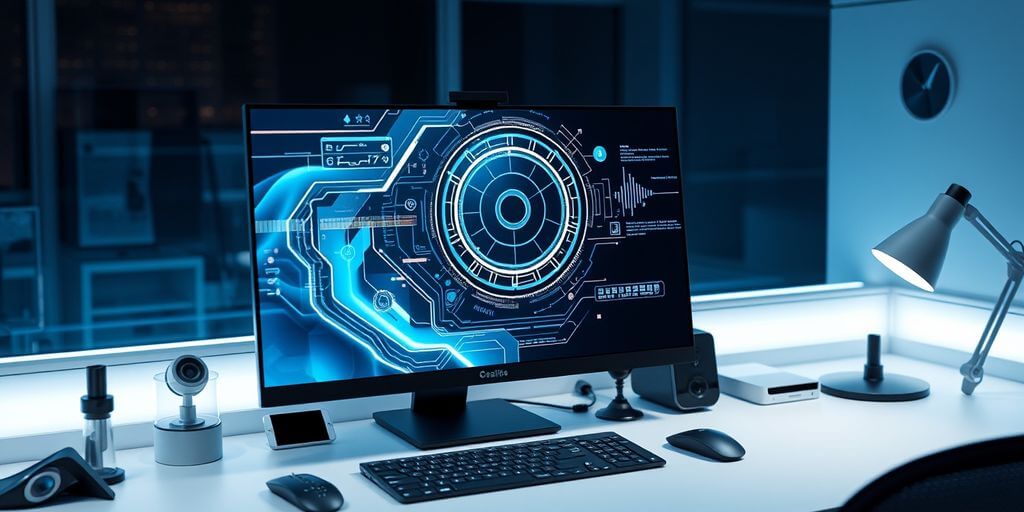
Automation in Design
Artificial intelligence (AI) is changing the way we design. AI tools can handle repetitive tasks, giving designers more time to be creative. For example, AI can quickly create custom illustrations or unique color palettes. This means designers can focus on making their work stand out.
Personalization and Customization
AI can also make designs more personal. By looking at user data, AI can create visuals that match what people like. This helps brands connect better with their audience. Imagine a website that changes its look based on who is visiting. That’s the power of AI in design.
Future of AI in Design
The future looks bright for AI in design. As technology gets better, AI will become an even more important tool. It will help designers push the limits of what they can do. AI will make it easier to create new and exciting visuals, making digital design more dynamic than ever.
Inclusive and Accessible Design
Designing for Disabilities
Creating digital products that everyone can use is essential. Inclusive design means making sure that people with disabilities can use your product easily. This includes adding features like alternative text for images and keyboard navigation options. By doing this, you make your product better for everyone.
Cultural Sensitivity in Design
Designing with cultural sensitivity means thinking about how people from different backgrounds will see your product. Use images and colors that everyone can relate to. This helps you connect with a wider audience and shows that you care about all users.
Broadening Audience Reach
When you make your product accessible and inclusive, you can reach more people. This is not just about following rules; it’s about making sure everyone has a good experience. By doing this, you can build stronger connections with your users and show that your brand is committed to social responsibility.
Making your digital products inclusive and accessible is not just the right thing to do; it also helps your business grow by reaching more people.
Minimalism with a Twist
Minimalism has been a dominant design trend for many years, but in 2025, it will evolve with a new twist. While the core principles of minimalism—simplicity, clarity, and functionality—remain important, designers are adding expressive and unexpected elements to create more engaging and dynamic visuals. This trend is characterized by the use of bold typography, vibrant splashes of color, and oversized imagery within a minimalist framework.
Dynamic and Animated Typography
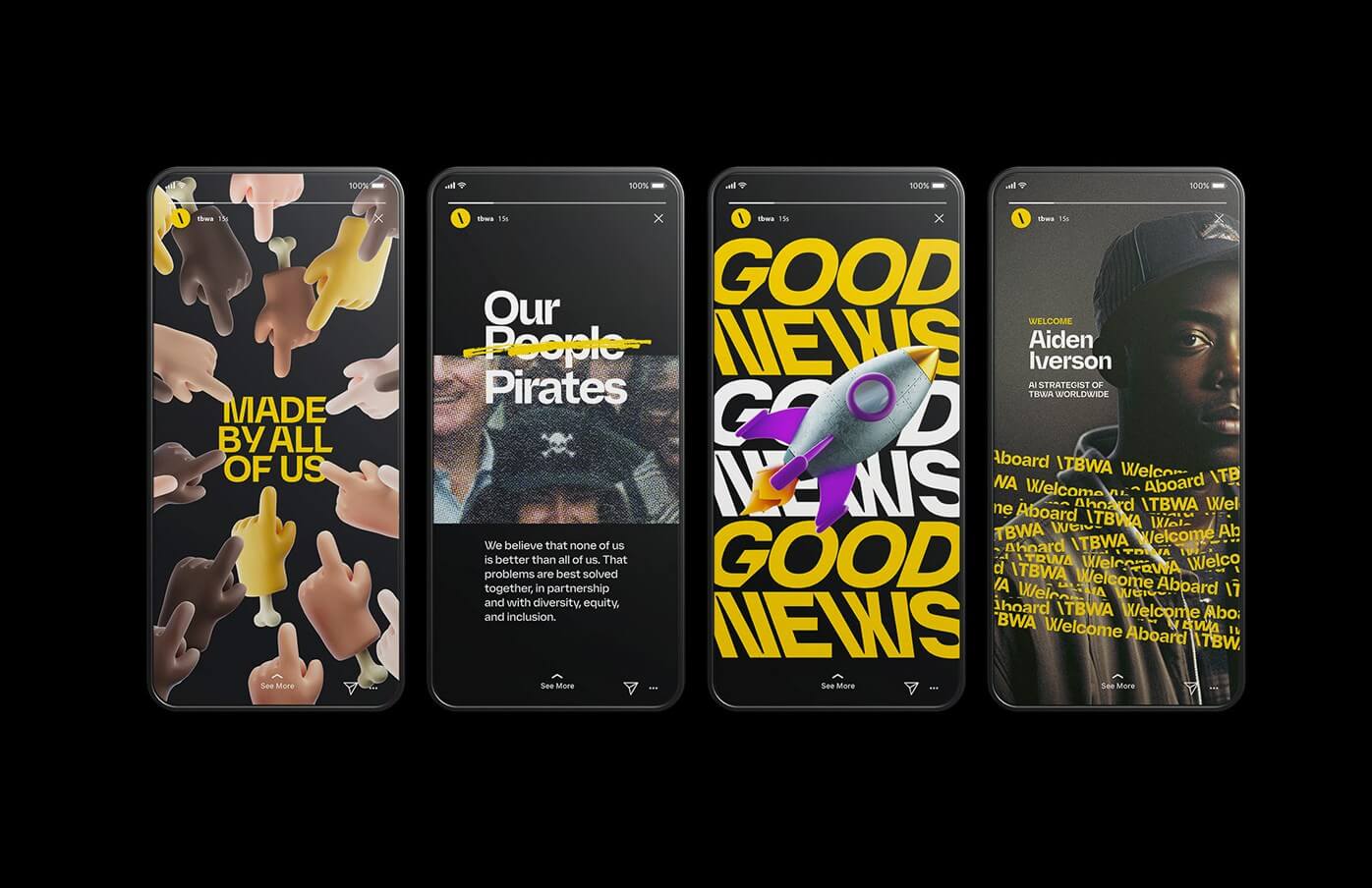
Engaging User Attention
In 2025, typography will be more than just static text. Dynamic and animated typography will become a key design element, making text move, change, and interact with other elements on the screen. This trend is great for grabbing attention and creating a memorable user experience. For example, a website might have headlines that change color or size as you scroll, or buttons that pulse to draw your eye.
Techniques for Animation
There are many ways to animate text. Some common techniques include:
Hover effects: Text changes when you move your mouse over it.
Scrolling animations: Text moves or changes as you scroll down the page.
Interactive elements: Clickable text that triggers animations.
These techniques not only make the design more engaging but also improve the user experience by making the content more interactive.
Examples in Modern Design
Brands are already using dynamic typography to stand out. For instance, a call-to-action button might glow or a headline might transform to catch your eye. This trend is not just about looking cool; it’s about making the content more enjoyable and interactive. As this trend grows, expect to see even more creative uses of animated text in digital designs.
Conclusion
As we look ahead to 2025, it’s clear that digital product design is on the brink of exciting transformations. From hyper-realistic 3D and augmented reality to biophilic design elements and dark mode with neon accents, the trends are set to redefine how we interact with digital spaces. These innovations not only enhance user experience but also offer new ways for brands to connect with their audiences. Staying updated with these trends will be crucial for businesses and designers alike, ensuring they remain relevant and competitive in digital landscape. Embracing these changes will pave the way for more engaging, accessible, and visually stunning digital experiences.
Frequently Asked Questions
The biggest trends for 2025 include hyper-realistic 3D and augmented reality, biophilic design elements, dark mode with neon accents, abstract and geometric patterns, AI-generated design elements, inclusive and accessible design, minimalism with a twist, and dynamic and animated typography.
Hyper-realistic 3D and augmented reality will make digital interactions more immersive. Users can see and interact with products in a more lifelike way, improving engagement and making online shopping or virtual tours more realistic.
Biophilic design includes natural elements like organic shapes, natural textures, and earth-toned colors. It helps create a calming and sustainable digital environment, which is good for user well-being and appeals to eco-conscious consumers.
Dark mode with neon accents is popular because it reduces eye strain and saves battery life on devices. The neon highlights add a futuristic and striking look, making important elements stand out and improving user engagement.
AI can automate repetitive design tasks, personalize user experiences, and generate creative design elements. This makes the design process faster and allows for more customized and complex designs.
Inclusive and accessible design means creating digital products that are usable by everyone, including people with disabilities and those from different cultural backgrounds. This broadens the audience reach and reflects social responsibility.
Share :

